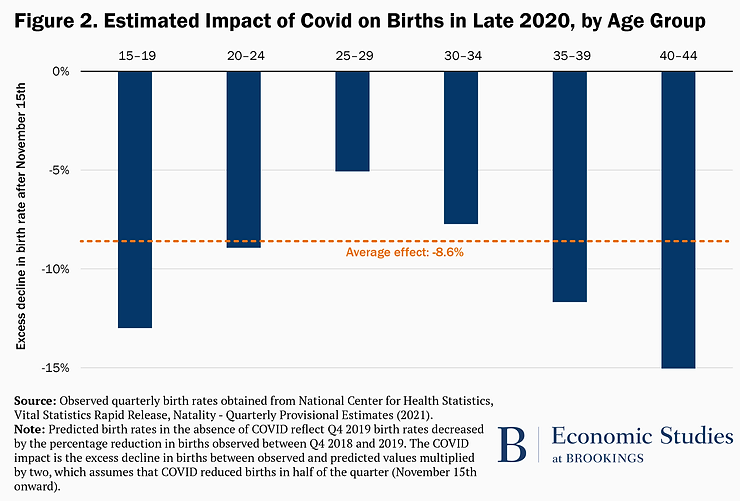By: Lucas Chi
The world’s population is on its way to eight billion people this year. The average number of children a mother produces, also known as birthrates, has dropped to its lowest in 70 years.
The world’s fertility rate – another word for birthrate – in 1950 was five children per year but has now dropped to only 2.3. It is expected to drop to 2.1 by 2050.
Why are birthrates dropping? One reason is that women have more education than before, giving them more opportunities and choices other than having children. If mothers were outside of the house, and doing something else, like business, they’ll be less likely to have children.
Because of these changes in education and technology, women have better opportunities to become successful, which draws them away from having children.
A recent report issued by the UN said that in the upcoming years, the countries that are going to be gaining the most population are Egypt, Ethiopia, Pakistan, Tanzania, and many other countries. The developing countries with less technology and low-level education have children growing up to be mothers, just like the generations of mothers before them.
India is currently the second most populated country but will soon be the most populated country because it has a higher birthrate than China.
In the upcoming years, the UN has predicted that the world population will reach 8.5 billion in 2030, 9.7 billion in 2050, and then reach 10.4 billion in 2080.
Another small factor in the decrease in population growth is life expectancy, which fell from 72.9 to 71. With shorter lives, we can expect less population growth, because the number of deaths can come close to the number of births.
Sources: news.un.org kidsnews.com.au











